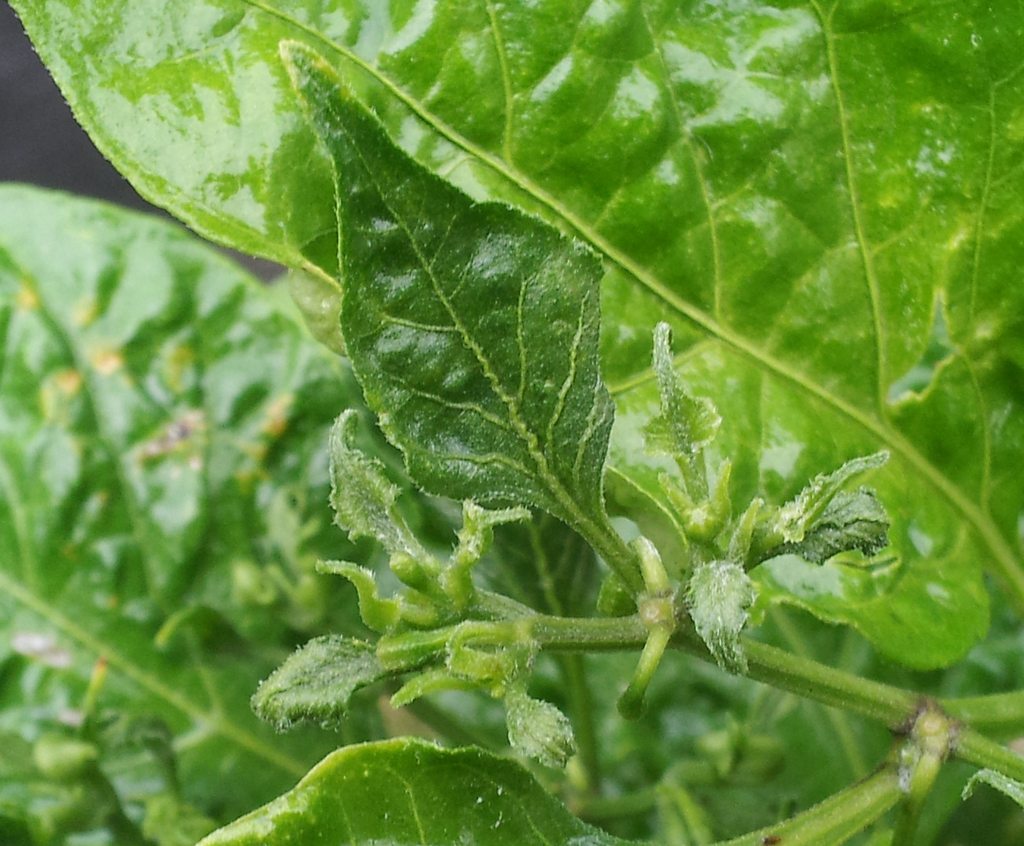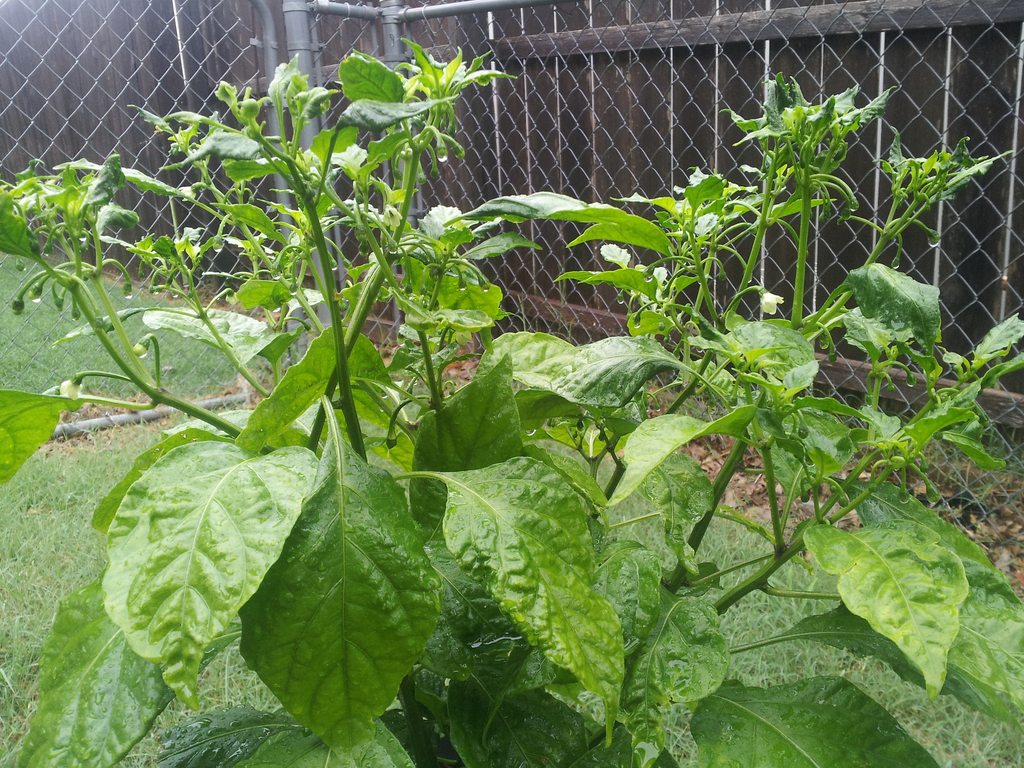Hi everyone,
I have been noticing a lot of leaf curling in my pepper garden and am concerned it might be leaf curling virus. But there is a distinctive pattern on the leaves with the spine of the leaves curling up that I think should be able to help definitively ID the problem.
Some quick things to note:
All these are being grown hydroponically, so it COULD be a nutrient issue, such as lack of calcium. However, I've recently noticed this curling issue on one of my tomatoes which is being grown in soil.
However, that tomato is the tallest, so I'm also wondering if this could be cause by too much sun or possibly wind?
So my suspicions are:
-too much sun
-too much wind
-too much nutrients
-too little nutrients
-or the dreaded leaf curl virus...
Any insight would be extremely helpful!
Here are a few pictures for reference of the issue:
http://imgur.com/a/M7YQI
I have been noticing a lot of leaf curling in my pepper garden and am concerned it might be leaf curling virus. But there is a distinctive pattern on the leaves with the spine of the leaves curling up that I think should be able to help definitively ID the problem.
Some quick things to note:
All these are being grown hydroponically, so it COULD be a nutrient issue, such as lack of calcium. However, I've recently noticed this curling issue on one of my tomatoes which is being grown in soil.
However, that tomato is the tallest, so I'm also wondering if this could be cause by too much sun or possibly wind?
So my suspicions are:
-too much sun
-too much wind
-too much nutrients
-too little nutrients
-or the dreaded leaf curl virus...
Any insight would be extremely helpful!
Here are a few pictures for reference of the issue:
http://imgur.com/a/M7YQI


